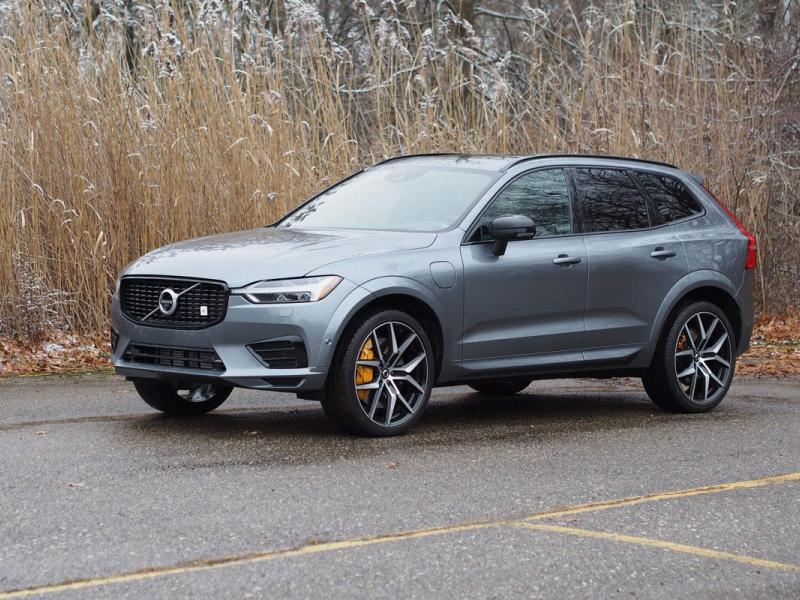New Ford Focus Designed for Taller People
The new Ford Focus is a well-engineered car. Maybe a bit over-engineered. Every now and again Ford reveals something new about its technological features and the excellence of design.
Because the car is going on sale in 120 countries around the globe, they’ve made sure it is good at accommodating the different and growing sizes of drivers from around the world. Ford utilised latest data gained from 3D body scans carried out on a large range of ages and races to make sure they can cater for all global populations.
The database includes some of the most up-to-date anthropometric information (data collected from measuring human beings with the purpose of understanding physical variation), with cross-sections of adults in a number of different continents being scanned by laser from head to toe.

This is very thoughtful. But all we ever want for the new Focus is to drive as great as the first-gen Focus! Can it do that?
Ford press release:
“We use a global database that gives accurate size ranges of drivers in different parts of the world,” said Ralph Gesang, Ford’s Driving Environment supervisor. “It shows not only heights but also the different types of body statures. This information helped us to ensure that more than 97 per cent of the world’s adult population can sit comfortably in the new Focus.”
For example, three years ago 12,000 Germans were scanned as part of a public/private research project. This information was added to the comparable databases of people from China, Japan, North America and South America, creating computerised 3D models of the people with accurate dimensions including height, waist circumference, hip width and leg length.
Ford engineers used this information to make detailed virtual studies of the interior design, looking at the space, comfort and safety of driver and passengers.
“The latest 3D body data directly influenced the development of the seat travel, the cushion shape and the adjustment range of the steering wheel and foot pedals,” said Ralf Nürnberg, Ford’s attribute leader for Occupant Accommodation. “Back seat head and leg room also were influenced when we visualised the 3D human models in our computer simulations of the new Focus.
“As well as the broad regional variations, the latest 3D body data also reflects the fact that, on average, the global population is getting taller and heavier, and the new Focus interior takes account of this trend.”
According to scientific studies, the average human height in industrialised parts of the world has increased by around 4-in (10cm) in the past 150 years due in part to better living conditions and improved diet. This type of historical data can also be used to predict the potentially rapid growth of people from developing countries.
Regional differences can even come down to drink preferences. In Europe, storage for a 1.5-litre water bottle is a customer want, whereas in China, tea containers are often carried in cars. Both were taken into account when designing the door pockets of the new Focus, ensuring customer needs were met without compromising the driver’s ability to sit comfortably and easily control the vehicle.
Areas outside of the cockpit were subjected to the same high level of scrutiny as those inside. For example, in some regions of the world, the average height and arm length is noticeably lower than elsewhere. For these regions, the maximum opening height of the rear tailgate was lowered to maintain a comfortable reach.
The overall result is that the new Ford Focus combines a stylish, aerodynamic exterior design with highly competitive interior space. By considering the greater range of shapes and sizes of the global customer base, the engineers at Ford have worked to ensure that, no matter where in the world it’s sold, the new Focus is a good fit for customers.




